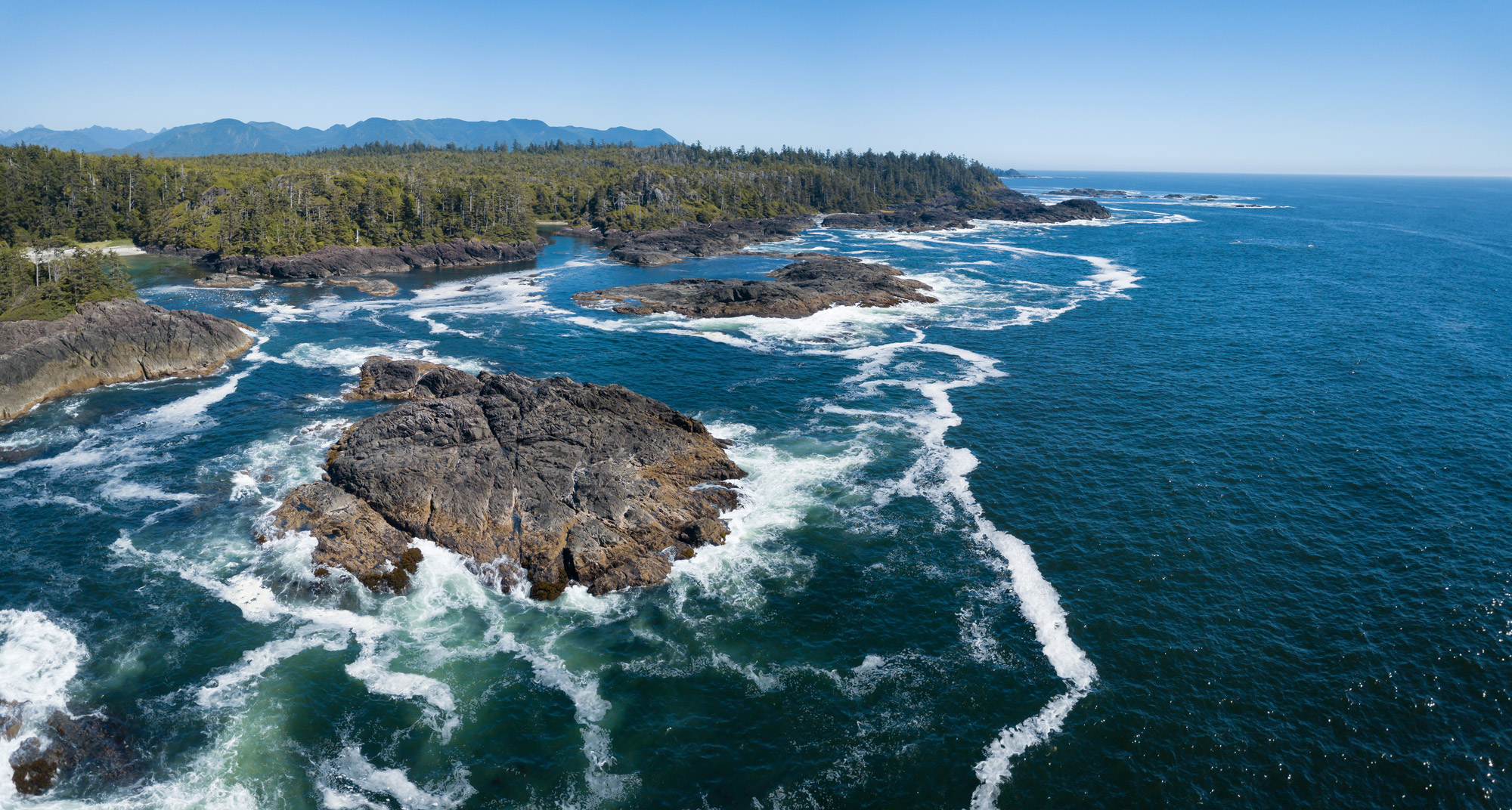
While BC is no longer at risk of tsunami, the event is a reminder of the importance of emergency preparedness
One of the strongest earthquakes in the last decade took place Tuesday night (July 29) off the Russian coast, sparking warnings of potential tsunami waves headed toward BC. While the 8.8 magnitude earthquake did cause some large waves, BC's Ministry of Emergency Management and Climate Readiness said by 6:25 a.m. that no coastal zones of BC are at risk.
This event serves as a reminder that many areas of the province are vulnerable to earthquakes and tsunamis. Preparedness can save lives—so here's what you can do now to protect yourself and your loved ones. In the immediate event of an earthquake, remember the words: “drop, cover and hold on" until it's safe.
If you're on land when there is a tsunami advisory or when you hear tsunami sirens:
- Travel away from the coast
- Get to high ground
- Follow your community tsunami evacuation route
- Follow direction from your Band Office and community emergency team on where to go
If you're at sea on a vessel and you receive a tsunami alert or observe natural warning signs of a tsunami:
- Go to shore if you can get to high ground within 10 minutes.
- If you can't make it to shore safely, head for deep water as soon as possible. You need to be at a depth of at least 30 fathoms to stay safe from a tsunami at sea
- Avoid entering shallow water, harbours, marinas, bays and inlets. Watch for debris and strong currents
Be informed
Download emergency alert apps to your phone, such as the app “Alertable." You can find emergency alert apps in the Google Play or Apple store, depending on your phone.
You can also download the Environment Canada Weather app, which can inform you about natural hazards beyond earthquakes and tsunamis, such as extreme weather events.
Check online emergency bulletins for advisories
Build a Grab-and-Go Bag
If there's an emergency and you need to leave your home or workplace, it's important to be able to go quickly with only your essential items. To be better prepared for an emergency or evacuation create a grab-and-go bag
Consider including in your emergency kit:
- Food (non-perishable and read to eat) and water for 72 hours
- Phone charger and battery bank
- Small battery-powered radio
- Battery-powered and flashlight and extra batteries
- Small first-aid kit and personal medications – Devil's Club Rub, Arthritis Salve, Anti-inflammatory Stinging Nettle Tea
- Personal toiletries and items, such as an extra pair of glasses or contact lenses
- Copy of your emergency plan and important documents such as insurance papers, status card and other identification
- Cash in small bills
- Seasonal clothing and an emergency blanket
- Whistle
- Pen and notepad
Follow guidance from your community
If your Band Office, local authority, or emergency operations centre issues an evacuation order, take action immediately. These orders mean there is significant danger—follow your community's emergency directions and head to the designated emergency reception centre.
How to Prepare for an Emergency
- Create an Emergency Plan
- Communication Plan: Write down key contact numbers and share them with all family members. Choose an out-of-province contact person everyone can reach, especially if local lines are disrupted
- Pick a safe meeting place, such as a school or a library
- Designate a trusted adult to pick up your children from school or daycare if you're unable to get there during an emergency. Make sure staff are aware of this arrangement
Buddy check-in
It is important to monitor yourself, family members, elders and people in community and to consider developing a check-in system for neighbours and friends who are at higher risk during floods.
Stay informed

